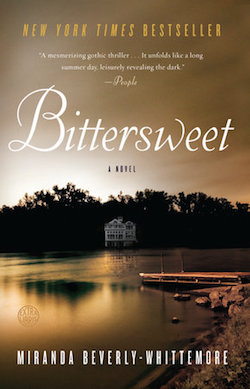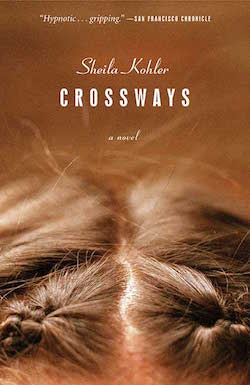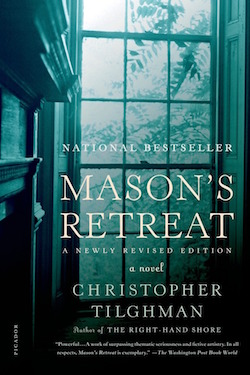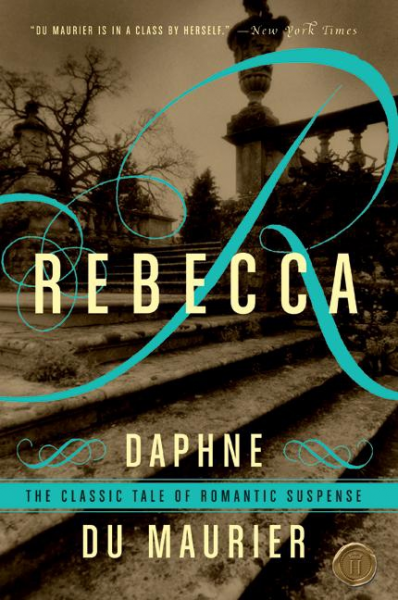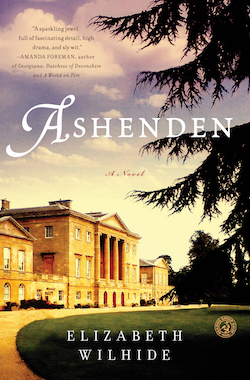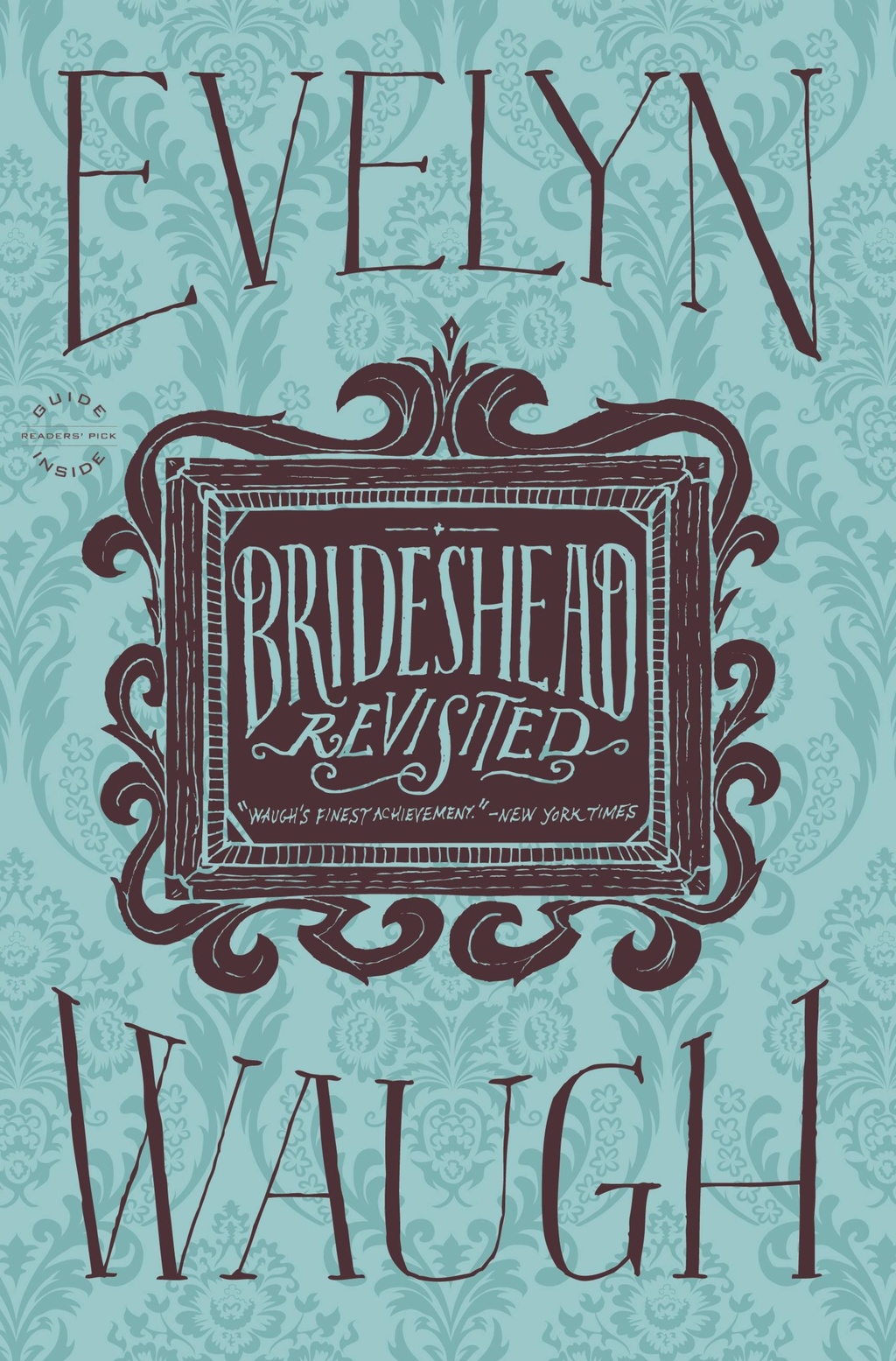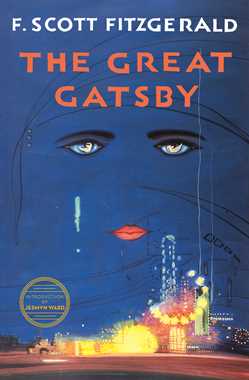I’ve always been attracted to novels set in grand houses—so much so that I set my own novel, THE NECKLACE, in one. Their creaking floorboards, twinkling chandeliers, and manorial names often belie family secrets, mysteries only whispered about, money made and squandered. So often a vehicle for aspirations, dreams, and strivings, great houses are not just a setting but become a type of character in the following novels.



